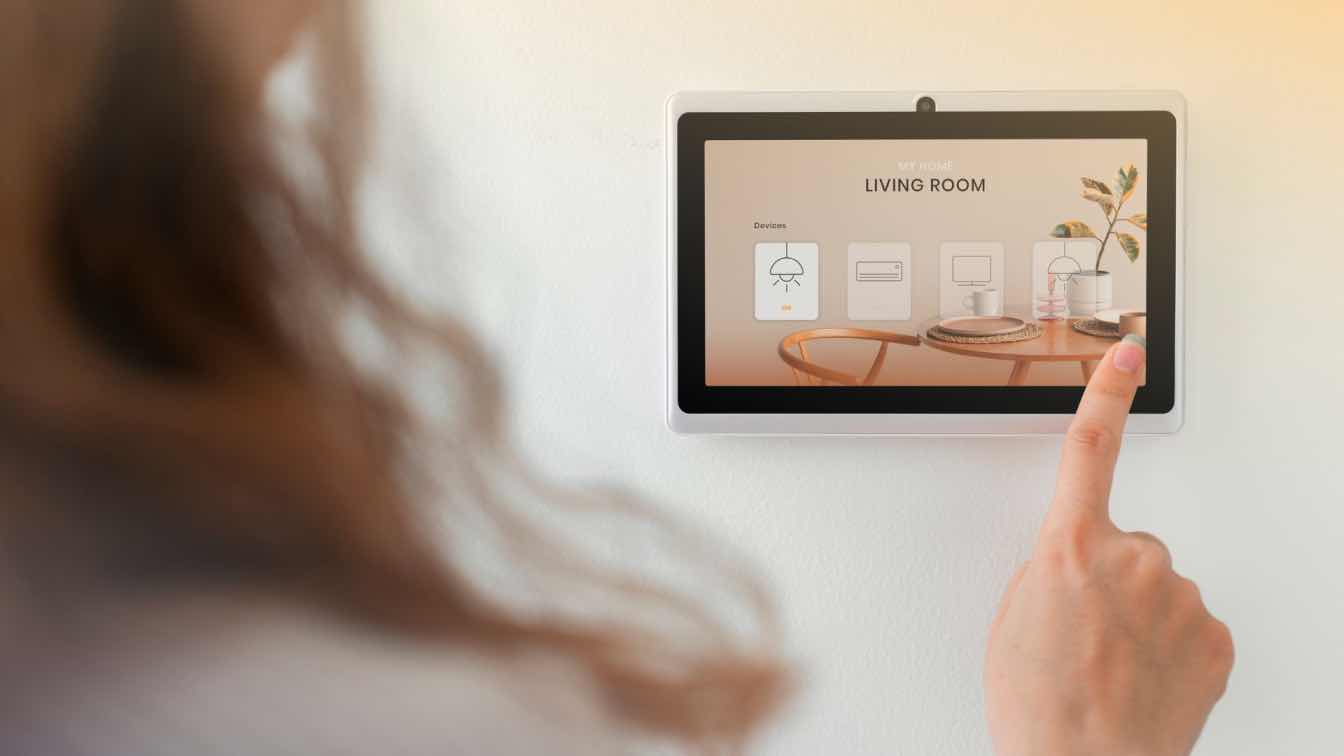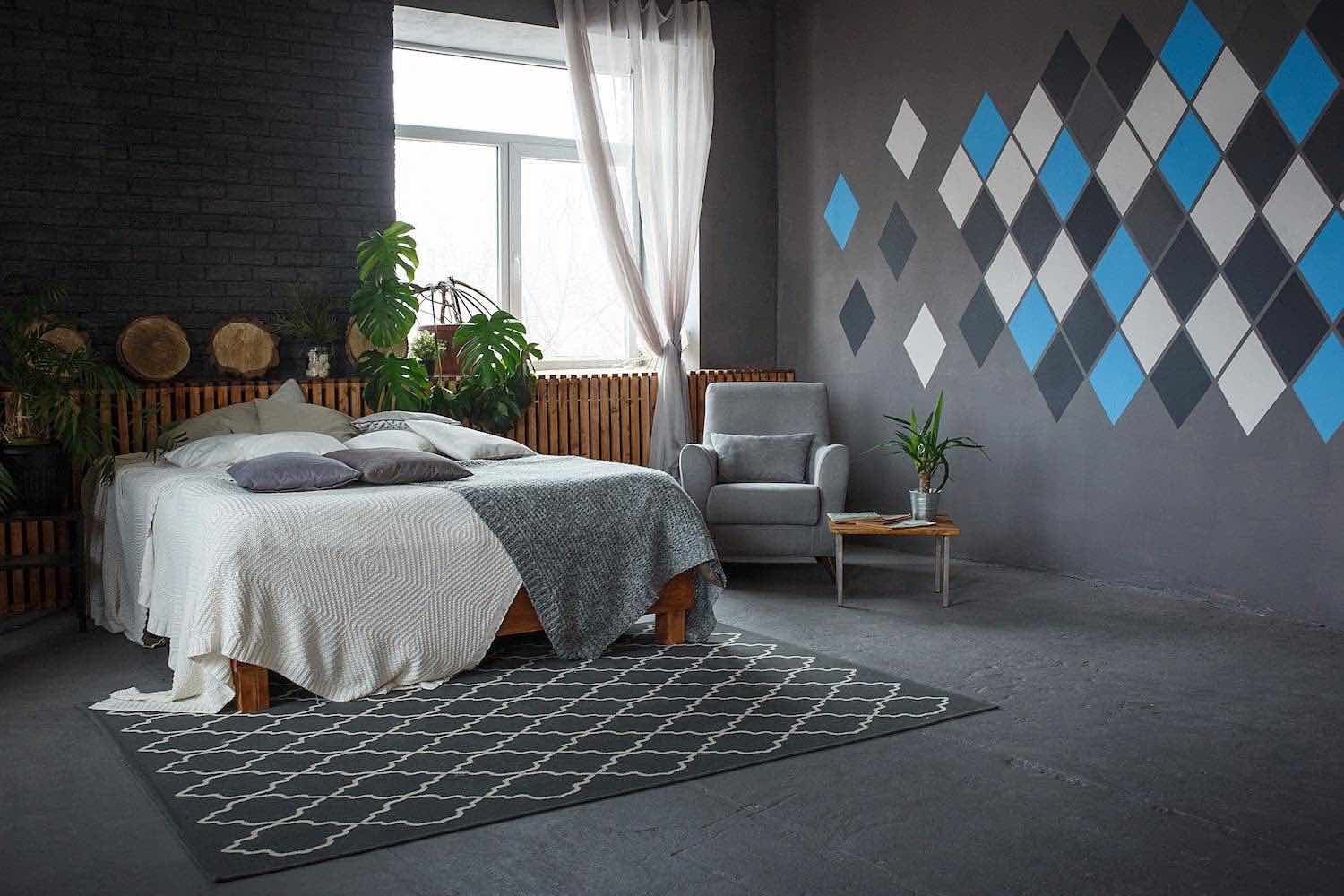In an increasingly digitized world, the integration of technology into our homes has revolutionized how we live. Beyond convenience and efficiency, smart home technologies are now being recognized for their potential to enhance mental well-being. This article explores the impact of smart homes on mental health, their applications in mental health support, associated challenges, and future trends.
Understanding Smart Homes
Smart homes are residences equipped with internet-connected devices that enable remote management and monitoring of systems and appliances. These include IoT (Internet of Things) devices like smart thermostats, lighting systems, security cameras, and voice assistants. The core principle of smart homes lies in automation, allowing users to control various aspects of their home environment remotely or through automated schedules.
The Impact of Smart Homes on Mental Health
1. Enhanced Comfort and Convenience: One of the immediate benefits of smart home technology is the ability to enhance comfort and convenience. Automated climate control, lighting adjustments based on time of day or mood, and voice-controlled entertainment systems contribute to a more relaxed and stress-free living environment.
2. Personalization: Smart home technologies enable personalization of living spaces according to individual needs and preferences. For example, setting specific lighting scenes for relaxation or productivity can help in creating environments conducive to mental well-being.
3. Safety and Security: Advanced security systems integrated into smart homes provide peace of mind, especially for individuals with anxiety or safety concerns. Features such as remote monitoring of security cameras and smart locks enhance feelings of safety and reduce stress related to home security.
Applications in Mental Health Support
1. Therapeutic Environments: Smart home technologies can create therapeutic environments by regulating lighting, sound, and climate control. For instance, soft lighting and calming music can be automatically triggered to promote relaxation and reduce stress levels.
2. Monitoring and Intervention: IoT devices can monitor daily routines, sleep patterns, and activity levels, providing valuable insights into overall well-being. For individuals managing mental health conditions, such as depression or bipolar disorder, these insights can facilitate early intervention and better management of symptoms.
3. Accessibility: Smart home technologies also enhance accessibility for individuals with physical or mental health challenges. Voice-controlled devices and automated systems reduce physical barriers and make it easier to manage daily tasks independently.
Challenges and Considerations
1. Privacy Concerns: The collection of personal data by smart devices raises concerns about privacy and data security. Users must be aware of data-sharing practices and ensure that their smart home systems are secure against unauthorized access.
2. Integration and Adoption: Retrofitting existing homes with smart technologies can be costly and complex. The adoption of these technologies requires investment in compatible devices and infrastructure, which may not be accessible to all individuals.
3. Cost: While prices for smart home devices are decreasing, initial setup costs can still be prohibitive for some households. Cost-effective solutions and government incentives can help promote wider adoption.
Future Trends and Innovations
1. Advancements in AI: Artificial intelligence (AI) is poised to play a significant role in the future of smart homes. AI-powered systems can learn user preferences and behaviors, adjusting home environments in real-time to optimize mental well-being.
2. Health-specific Technologies: There is a growing focus on developing smart home technologies specifically designed for mental health monitoring and support. These innovations include wearable devices that track physiological indicators linked to mental health and AI algorithms that analyze behavioral patterns for early detection of mood changes.
Conclusion
Smart homes represent a promising frontier in addressing the significant public health challenge of mental well-being through technology. By enhancing comfort, personalizing environments, and enabling proactive monitoring, these technologies empower individuals to manage their mental health more effectively within the spaces they call home. However, addressing challenges such as privacy concerns and accessibility barriers is crucial for realizing the full potential of smart homes in mental health care. As technology continues to evolve, so too will its capacity to support healthier, happier lives.





